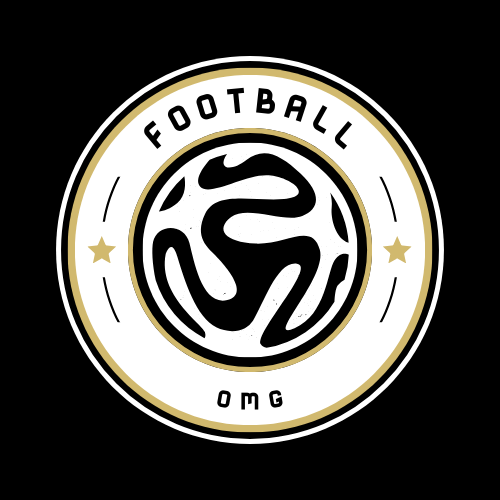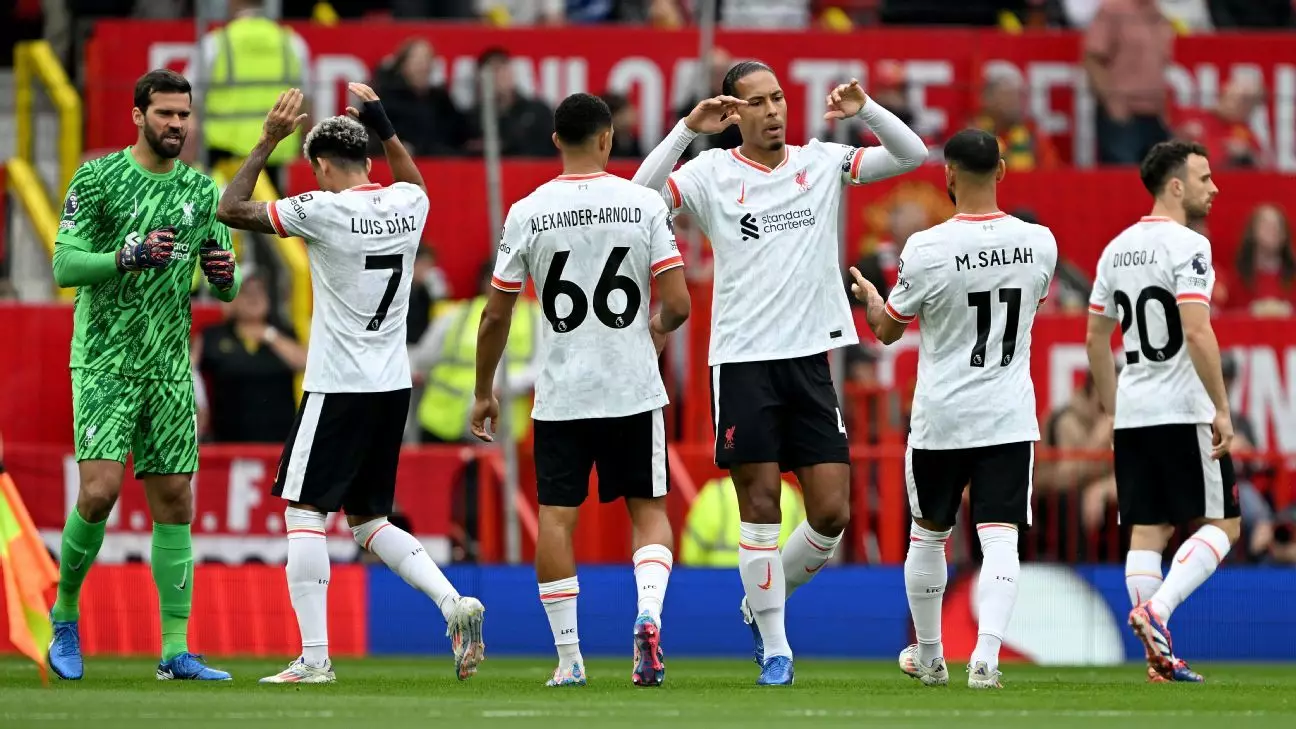The landscape of football transfers is about to experience significant changes as FIFA has announced interim transfer rules designed to facilitate player movement ahead of the upcoming Club World Cup scheduled for June-July 2025 in the United States. This article will delve into the implications of these new rules, the potential impact on player movements, and what this could mean for the participating clubs.
Understanding the New Transfer Regulations
In an effort to streamline player transitions, particularly for those with contracts expiring on June 30, FIFA’s newly instituted rules allow these players to sign with clubs participating in the Club World Cup ahead of the traditional transfer window. This significant decision aims to ensure that top talents are available for teams that aspire to compete for global supremacy in the relaunch of this prestigious tournament.
The effective timeframe for this exceptional transfer window is set from June 1 to June 10. During this period, players whose contracts are about to expire can negotiate and sign as free agents, allowing them to represent their new clubs for two weeks before the formal conclusion of their previous contracts. This strategy addresses logistical and contractual challenges that could hinder a club’s performance in a crucial tournament.
A number of high-profile players are likely to be targets during this transfer window. Among them are key figures from teams such as Liverpool, where Mohamed Salah, Trent Alexander-Arnold, and Virgil van Dijk find themselves in the spotlight. Their potential departures could significantly alter the dynamics both within their current squad and the clubs eager to add top talent.
Other notable players include Lille’s Jonathan David and Son Heung-Min of Tottenham, both of whom may attract interest from the clubs participating in the Club World Cup. By allowing these transfers to happen just before the tournament, FIFA not only hopes to enhance the spectacle of the event but also to ensure that top players are available to compete at the highest level.
The new transfer regulations are particularly relevant for players like Kylian Mbappé, who is set to enter free agency at the end of June. Had the tournament taken place this year, his status could have created a substantial hurdle in terms of him participating either as a Paris Saint-Germain or Real Madrid player. However, the interim rules now provide a pathway for such scenarios, ensuring that star players can represent their new clubs without contractual overlap complications.
Additionally, FIFA has introduced provisions that might allow players to extend their contracts temporarily through the duration of the Club World Cup, which takes place from June 15 to July 13. This regulation is aimed at providing teams with the best possible lineup while allowing players a seamless transition to their new clubs.
The rearrangement of transfer rules also touches on national team commitments, particularly affecting players from the U.S. and Mexico. FIFA has amended its longstanding regulations regarding player release for international duty. This opens up a new dimension for clubs looking to keep their star players without the risk of losing them to national commitments during tournament dates that coincide with significant football events like the 2025 Gold Cup.
The inclusion of MLS teams, alongside clubs from the Concacaf region such as Seattle Sounders and Monterrey, also underscores FIFA’s commitment to featuring a diverse range of clubs in the tournament. The opportunity for another MLS team to participate further enriches the potential competitive landscape of the Club World Cup.
The newly approved interim transfer regulations mark an important shift in how FIFA manages player movements and contractual obligations in relation to global tournaments. By enabling players to sign with new teams before their contracts formally expire, FIFA is taking proactive steps to ensure that the Club World Cup is a showcase of football talent and excitement.
The approach recalls past initiatives, such as the adaptations made during the COVID-19 pandemic which allowed for extended transfer windows. As clubs gear up for the Club World Cup, these changes are set to foster an event that not only highlights the sport’s global nature but also embraces the fluid and often complex realities of player contracts in modern football. As the tournament approaches, it will be fascinating to see how these new regulations shape the participant lineup and overall excitement surrounding the Club World Cup.

